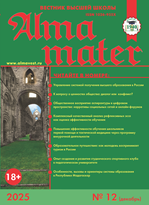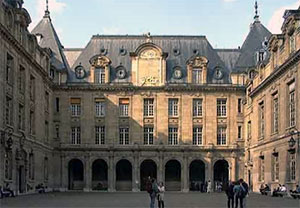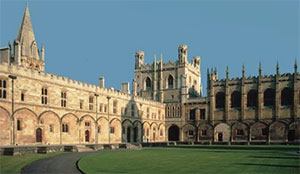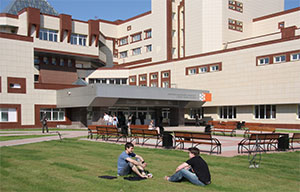UDC 37.09:7(474.5)
https://doi.org/10.20339/AM.10-21.084
N.A. Mikhalchenkova is Dr. Sci. (Pedagogy), Ass. Prof., Chief Scientific Researcher at Institute of Arts Education and Culturology RAO; Yu.M. Bolshakova is Dr. Sci. (Philology), Ass. Prof.; and S.N. Bolshakov is Dr. Sci. (Pedagogy) and Dr. Sci. (Economy), Prof., Scientific Researcher at Institute of Arts Education and Culturology RAO and Leningrad State University n.a. A.S. Pushkin
Analyzed is the experience of the Republic of Lithuania in development of state policy in the field of arts education. The article deals with conceptual attitudes in the field of art and culture education in Lithuanian institutions. On the basis of the analysis carried out, the article concludes about the active development of non-formal education in the field of culture and art.
Key words: art education, pedagogy, art, educational policy.
References
- Burton, J.M. Learning in and through the Arts: The question of transfer. Studies in Art Education. 2000. No. 41 (3). P. 228–257.
- Davis, J. Why our schools need the Arts. New York: Teachers College Press and Reston. VA: National Art Education Association. 2008. P. 410.
- Eisner, E. The arts and the creation of the mind. New Haven: Yale University Press. 2004. P. 366.
- Garrett, P. Arts in Australia’s national school curriculum. Canberra: Office of the Minister for the Environment, Heritage and the Arts. 2009. P. 21–36.
- Gibson, R., Anderson, M. Touching the void: Arts education research in Australia. Asia Pacific Journal of Education. 2008. No. 28 (1). P. 103–112.
- Jensen, E. Arts with the Brain in Mind. Alexandria, Virginia: Association for Supervision and Curriculum Development. 2001. P. 57–58, 81.
- La Pierre, S., Zimmerman, E. Research methods and methodologies in art education. Reston, Virginia: National Art Education Association. 2007. P. 7–21.
- Michelkevičė, L. Vaikų Dailės Mokyklų Kultūrinis Ir Sociopolitinis Dalyvavimas Visuomenėje: Atvejų Analizė. Tyrimo ataskaita. Lietuvos tarpdisciplininio meno kūrėjų sąjunga. 2014. P. 96.
- Neformaliojo vaikų švietimo finansavimo tobulinimo veiksmų planu 2014–2016 m. patvirtinta Lietuvos Respublikos švietimo ir mokslo ministro 2013 m. spalio 18 d. įsakymu № V-972.
- Neformaliojo vaikų švietimo koncepcija. patvirtinta Lietuvos Respublikos švietimo ir mokslo ministro 2005 m. gruodžio 30 d. įsakymu Nr. ISAK-2695, nauja redakcija 2012 m. kovo 29 d. P. 554.
- Siaulytiene, D. National iniciatives and co-operation in arts and cultural education. URL: http://www.unesco.org/culture/en/artseducation/pdf/fullpaper302daliasiaulytiene.pdf
- Sophia, J. Connecting art, learning, and creativity: A case for curriculum integration. Studies in Art Education. 2005. No. 46 (3). P. 227–241.
- Stankiewicz, M.A. Roots of art education practice. Worcester, MA: Davis Publications, Inc, 2001. P. 240.
- Winston, A.S., Cupchik, G.C. The evaluation of high art and popular art by naive and experienced viewers. Visual Arts Research. 1992. No. 18. P. 1–14.











.png)






